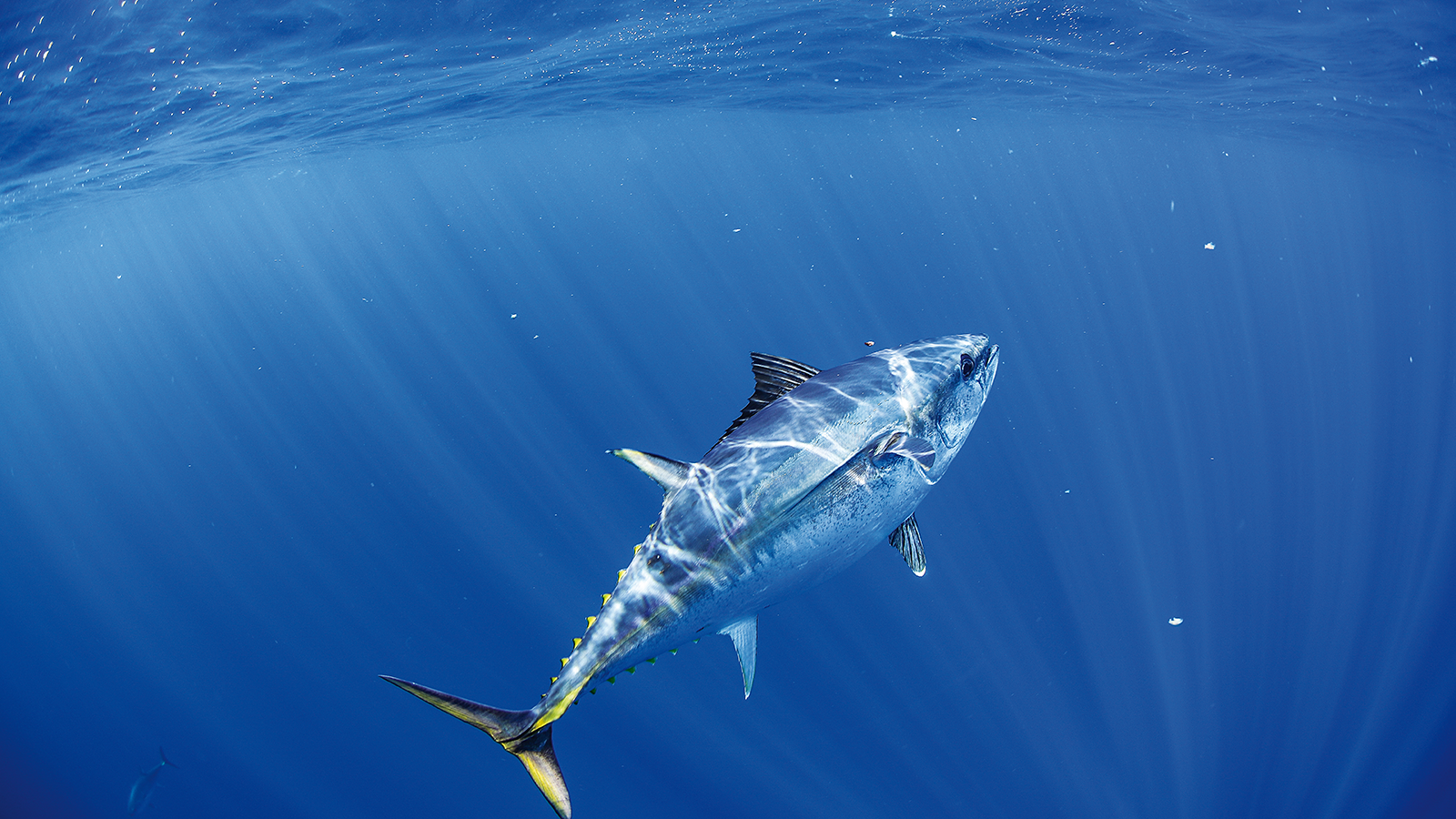There is growing evidence that some sea snake species may be at risk from prawn trawling and thus meet the IUCN criteria for vulnerable or endangered status (Milton 2001). In that analysis, Milton (2001) undertook an assessment of the relative risk of trawling to sea snakes caught in the NPF. This proposal plans to extend this assessment, taking into account results from the recent TEDs and BRD research project in the NPF (FRDC project 2000/173). The The TED and BRD project found that the devices in use in 2003 (eg TEDs and Bigeye BRD) were not reducing sea snake catches or mortality. Thus, despite the introduction of BRDs to improve bycatch escapement, the majority of devices in use in 2003 had no measurable impact on sea snake catch rates. There is a need for all prawn trawl fisheries in northern Australia to further modify existing fishing practices to reduce bycatch, including sea snake catches in order to demonstrate that their impacts are sustainable. This proposal addresses the FRDC Strategic Challenge: Natural Resource Sustainability by assessing the sustainability of a key bycatch group, comparing alternate methods of increasing their survival and estimating the improvement in the effectiveness of Bycatch Reduction Devices required for sea snakes, should this be necessary.
The project will initially focus on the two species already identified by Milton (2001) to be potentially at risk. If any species proves to actually be at risk, the project will model alternative risk mitigation scenarios to identify the most feasible approach to reduce the level of risk of susceptible species to sustainable levels. This analysis will provide NORMAC with clear management choices about the most appropriate method to mitigate risks to sea snake species and demonstrate to DEH that the NPF have addressed the concerns expressed in the recent NPF strategic assessment.
Should current BRDs and fishing practices prove to be ineffective in reducing sea snake mortality and species are shown to be at risk, a second phase is planned that will target the major sources of mortailty most effectively. This mitigation work would only need to be undertaken if (1) the current BRDs are ineffective (2) recent reductions in trawl effort in the NPF have restricted trawling to areas of high abundance of the vulnerable species. These data will be collected during the work planned in this proposal and will identify the need and directions of future mitigation work.





